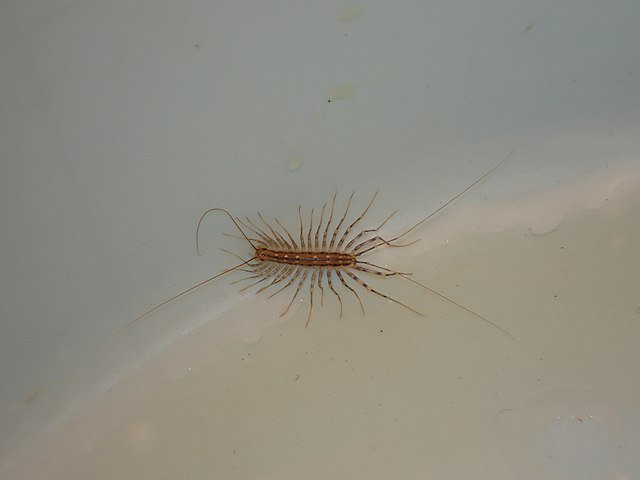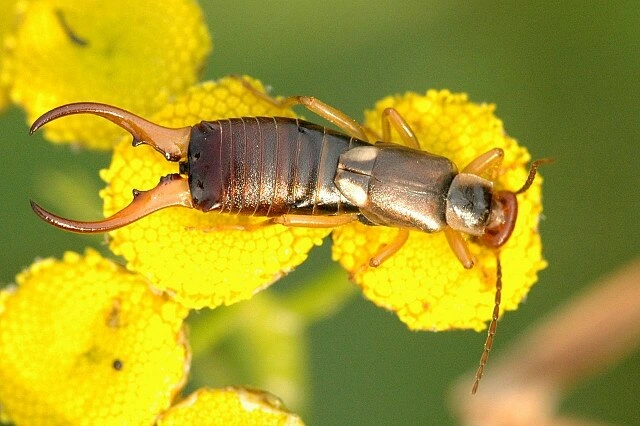House Flies: Pest Control, Life Cycle, and Best Elimination Methods
 Learn how to identify, control, and eliminate house flies (Musca domestica) from your home or business. Easy methods, fly traps, sprays, and prevention tips included.
Learn how to identify, control, and eliminate house flies (Musca domestica) from your home or business. Easy methods, fly traps, sprays, and prevention tips included.
What Are House Flies?
House flies (Musca domestica) are flying insects in the order Diptera and family Muscidae. The name domestica means “house” in Latin. These insects are the most common type of flies found in homes and businesses around the world.
There are more than a dozen types of Musca flies in Europe, but the most common ones that cause problems are:
House fly
Fruit fly
Drain fly
Blow fly
Stable fly
Among these, the house fly, fruit fly, and drain fly are the most frequent invaders inside homes, kitchens, restaurants, and food businesses.
House Fly Life Cycle and Biology
Female house flies can lay up to 150 eggs at a time. In warm conditions, these eggs hatch within 24–48 hours. The larvae (maggots) then go through three stages of development and become adult flies in just 10 days.
Basic Facts
Eggs laid: 150 per batch
Larva size: 9.5–19 mm
Development time: ~10 days
Adult life span: 15–31 days
Activity: Daytime active, rest at night
Flight range: Up to several kilometers
Flies feed using a sponge-like mouthpart called a proboscis. They can’t chew solid food, so they spit saliva on surfaces to liquefy the food and then suck it up. This feeding method makes them dirty and dangerous.
Why Are Flies a Health Risk?
House flies are known carriers of over 100 pathogens, including:
Typhoid
Cholera
Salmonella
Shigella (dysentery)
Anthrax
Eye infections
Internal parasites
Flies eat and poop constantly, leaving waste on surfaces and food. In many developing countries, they are one of the top vectors of disease. Some fly species are also becoming resistant to insecticides, making control more difficult.
How to Get Rid of House Flies
According to the Oxford City Council, the most effective way to control flies is to locate and remove the source of infestation—such as decaying food or dead animals—before using sprays, powders, traps, or UV electric killers.
Flies are attracted by smell and decaying organic matter. They enter through open windows, doors, and small cracks. Once inside, they hide in hard-to-reach places, so controlling them is not always easy.
Fly Control Methods
1. Insecticide Sprays
Aerosol sprays can kill flies in mid-air or on walls. Use only in areas away from food, pets, and people.
2. Fly Baits
These contain attractants and poisons. Flies land on treated surfaces, lick them with their proboscis, and die.
Apply on:
Walls
Door frames
Trash bin lids
Outdoor surfaces
3. Fly Papers and Ribbons
Sticky traps that catch flies as they land. Good for monitoring fly numbers and reducing infestations.
4. UV Fly Traps
Electric insect killers with UV light attract and kill flies. Some models use sticky boards instead of zappers.
5. Fly Bags and Lure Traps
Outdoor traps with baited lures that attract flies away from your building.
Natural Fly Control
Vinegar traps: Place a bowl with vinegar and a few drops of dish soap. Flies drown inside.
Essential oils: Oils like eucalyptus, lavender, and peppermint may repel flies when used in diffusers or sprays.
Basil plants: Flies dislike the smell. Put basil near windows or doors.
How to Prevent Flies from Entering
Easy Prevention Tips
Install window and door screens
Keep trash in sealed containers
Clean kitchen surfaces regularly
Avoid leaving food uncovered
Ventilate rooms and keep air flowing
Store fruit in the fridge
Repair plumbing leaks to avoid standing water
Prevention is the most effective long-term strategy.
Frequently Asked Questions (FAQ)
How long do house flies live?
Usually 15 to 31 days, depending on temperature and food availability.
Can flies bite humans?
Most house flies do not bite, but stable flies and horse flies do.
What’s the best fly trap?
For indoors, UV light traps with glue boards are highly effective. For outdoors, baited fly bags work well.
Are flies dangerous?
Yes. They carry and spread many harmful germs.
Final Thoughts
House flies are more than just annoying—they’re dirty and dangerous. To keep them out:
Kill the existing ones
Stop new ones from entering
Clean and cover all food sources
For homes or businesses with heavy fly problems, a licensed pest control service is the best option.
Want to Learn More About Insects and Pests?
If you want to learn more about other common household pests like ants, cockroaches, or bed bugs, visit our main blog page where you'll find a variety of practical articles to help you stay pest-free.
Disclaimer
This article is for informational purposes only. Pest control laws and approved chemicals vary by country. For best results and legal safety, we strongly recommend contacting a licensed pest control professional in your local area. Always make sure that the pest control technician is properly certified or licensed, depending on your country’s regulations. It’s important to confirm that they only use approved products and apply them exactly as instructed on the product label. In most places in Europe, UK, or USA, following label directions is not just best practice—it’s the law.


